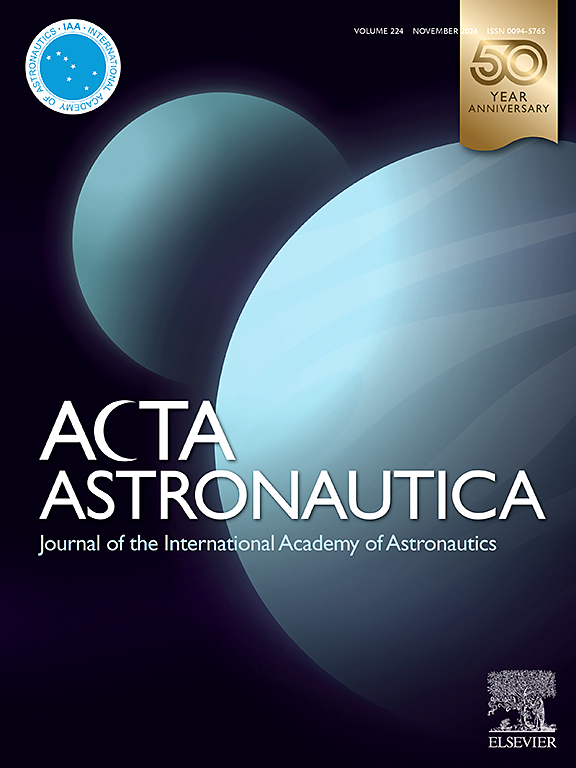The impact of space habitat conditions on visual performance and cognitive load in analogue astronauts
IF 3.1
2区 物理与天体物理
Q1 ENGINEERING, AEROSPACE
引用次数: 0
Abstract
Analogue astronauts in simulated space habitats face specific environmental conditions, including limited space, controlled airflow, and artificial lighting, which can lead to visual strain and mental fatigue. This study investigates the impact of such conditions on visual performance and cognitive load using mobile eye tracking during a two-week simulated mission in the LunAres Analogue Space Habitat. Thirty healthy adults participated, with measurements taken before and after the mission to assess visual acuity, binocular vision, and symptoms of ocular surface disease. Key findings include no significant changes in visual acuity, but notable alterations in binocular vision parameters, such as near points of accommodation and convergence, indicating near-point visual stress. Although dry eye symptoms were minimal, participants reported increased visual impairment symptoms post-mission, including difficulties with reading and depth of perception. Subject also reported increased sensitivity to fluorescent light. Eye tracking data revealed increased distraction and longer fixation times after the mission, suggesting higher cognitive load and potential impact on task performance. These results underscore the importance of addressing visual health in space missions, suggesting potential interventions such as vision therapy, adjustable lighting, and therapeutic refractive correction to mitigate visual fatigue and improve astronaut performance.
求助全文
约1分钟内获得全文
求助全文
来源期刊

Acta Astronautica
工程技术-工程:宇航
CiteScore
7.20
自引率
22.90%
发文量
599
审稿时长
53 days
期刊介绍:
Acta Astronautica is sponsored by the International Academy of Astronautics. Content is based on original contributions in all fields of basic, engineering, life and social space sciences and of space technology related to:
The peaceful scientific exploration of space,
Its exploitation for human welfare and progress,
Conception, design, development and operation of space-borne and Earth-based systems,
In addition to regular issues, the journal publishes selected proceedings of the annual International Astronautical Congress (IAC), transactions of the IAA and special issues on topics of current interest, such as microgravity, space station technology, geostationary orbits, and space economics. Other subject areas include satellite technology, space transportation and communications, space energy, power and propulsion, astrodynamics, extraterrestrial intelligence and Earth observations.
 求助内容:
求助内容: 应助结果提醒方式:
应助结果提醒方式:


